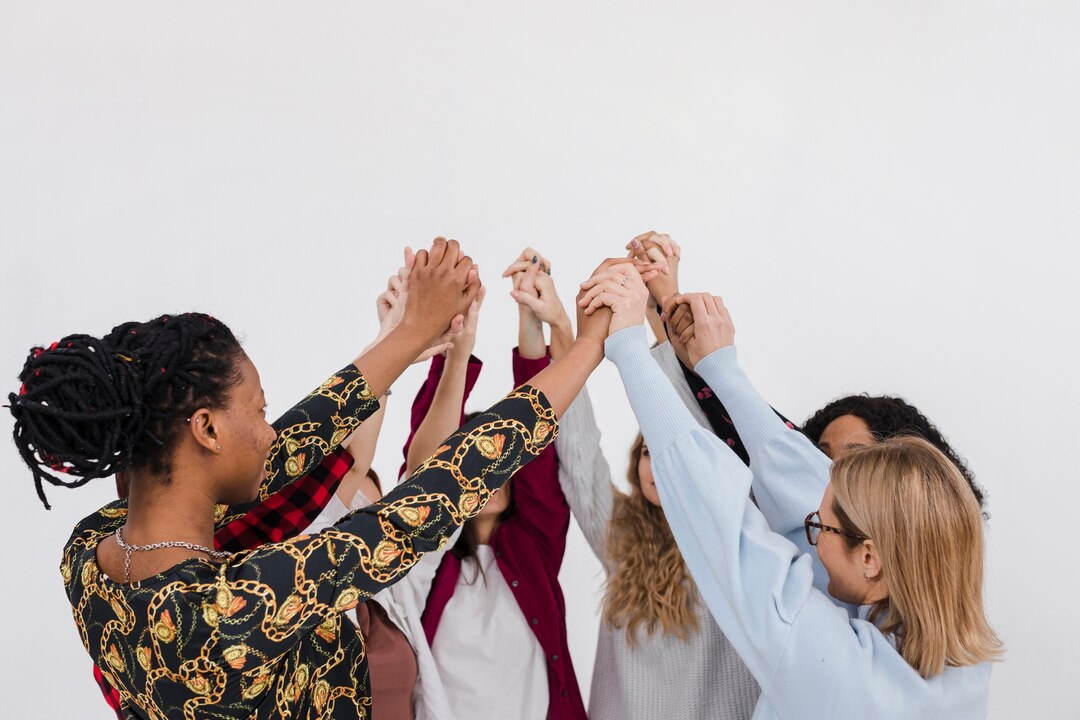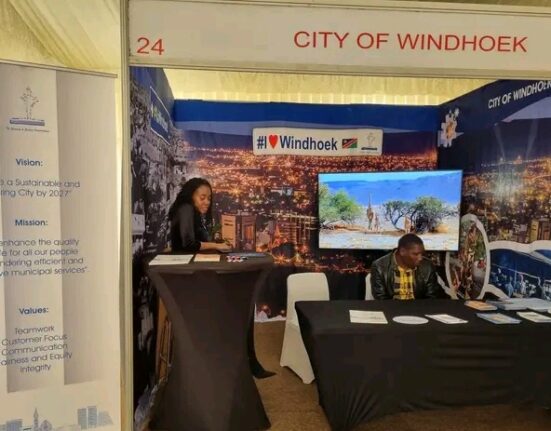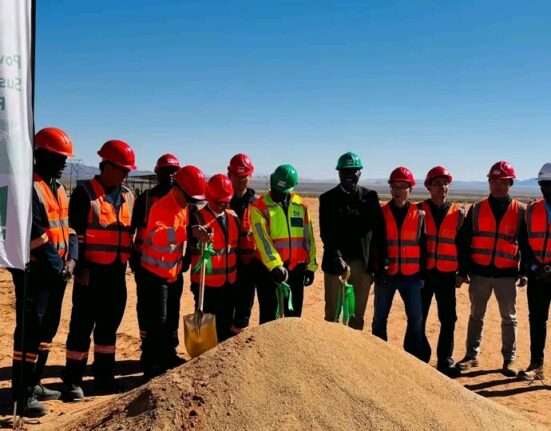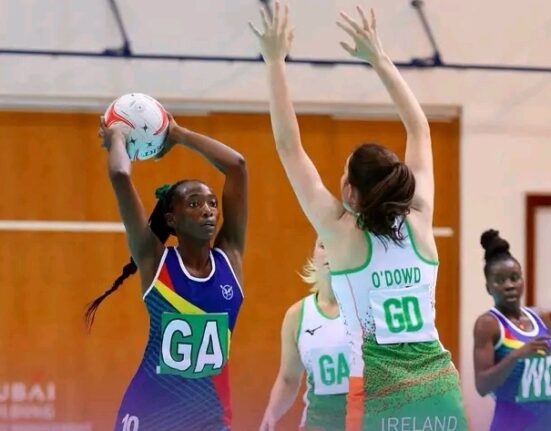Namibia’s liberation movement, which spanned several decades and culminated in the country’s independence from apartheid South Africa in 1990, was not only shaped by men but was also significantly influenced by the contributions of women. These women played pivotal roles in the struggle for freedom, equality, and justice, often working under dangerous conditions and facing severe repression. This article delves into the invaluable roles women played in Namibia’s liberation movement, highlighting their leadership, activism, sacrifices, and the lasting impact they left on the country’s fight for independence.
Historical Context: Namibia’s Struggle for Liberation
Namibia, formerly known as South West Africa, was under German colonial rule from 1884 to 1915. After Germany’s defeat in World War I, the country became a mandate of South Africa, which continued to administer Namibia under apartheid policies, severely restricting the rights of Namibians. The liberation struggle against South African colonial rule began in earnest during the 1960s, with the formation of the South West Africa People’s Organization (SWAPO), which became the leading political and military movement in the quest for independence.
The women of Namibia were central to the independence struggle, playing roles in the political, social, and military spheres. They were not only supporters but active participants in the movement, contributing to the organization, the morale of the people, and the creation of new strategies for the struggle.
Early Women’s Involvement in the Struggle
While the majority of the focus in Namibia’s liberation movement has traditionally been on male leaders, women were involved from the very beginning. Early examples of women’s resistance to colonial rule can be found in the Herero and Nama uprisings in the early 20th century. Women like Rosa Walanda and Hendrik Witbooi’s wife, who stood firm alongside men in protests against the German occupation, set the stage for future women’s activism in Namibia.
However, it was in the 1960s and 1970s, when SWAPO emerged as the leading force in the independence movement, that the involvement of Namibian women in the liberation struggle became more pronounced. SWAPO’s Women’s Council was established in 1969, marking an official recognition of women’s critical roles in the movement. The Women’s Council became the organizing body for women’s participation in the struggle, providing them with platforms for action and leadership.
Women in the Political Struggle
Namibian women were influential in the political dimension of the liberation movement. The Women’s Council helped organize political mobilization, engage in community education, and spread awareness about the injustices of South African rule. Ester Muinjangue, a prominent activist and political figure, became known for her tireless advocacy for women’s rights and her work in mobilizing women for the independence cause.
One of the most significant contributions came from women such as Sophie de Nysschen and Gertrude //Nanub. These women not only contributed to the drafting of SWAPO’s policies but also worked on shaping the political discourse around independence. They also emphasized the role of women as equal partners in the national liberation struggle and insisted on the inclusion of gender equality in Namibia’s future post-independence.
Women in the Armed Struggle
While women were highly involved in the political and social aspects of the movement, their participation in the armed struggle was a defining feature of their contribution to Namibia’s liberation. Women from all walks of life joined SWAPO’s armed wing, the People’s Liberation Army of Namibia (PLAN), and fought alongside their male counterparts against the South African military and its allied forces.
The Women’s Brigade, a branch within PLAN, was formed to train women in military strategy, combat techniques, and guerrilla warfare. Women served as combatants, medics, intelligence officers, and even as political commissars in the army. These women not only fought on the front lines but also maintained the morale of the fighters, organized logistics, and provided crucial support to the war effort.
One of the most famous figures in the armed struggle was Martha Muunja, who became one of SWAPO’s military commanders. She and other women soldiers proved that they were just as capable as their male counterparts, playing an essential role in the fight for independence. These women faced unimaginable hardships, including being subjected to violence, imprisonment, and torture by the apartheid regime. Many lost their lives, but their sacrifices were a testament to their unwavering commitment to the liberation of Namibia.
Women in Diplomacy and International Advocacy
Beyond the battlefield, Namibian women also played vital roles in the diplomatic and international dimensions of the liberation movement. Many women leaders were instrumental in garnering support for Namibia’s independence struggle in international forums and organizations.
Anna Mungunda, a prominent SWAPO leader and diplomat, was one of the foremost figures advocating for Namibia’s cause on the international stage. She represented Namibia in various international meetings and forums, particularly in the United Nations, where she helped highlight the injustices of South African rule and pushed for global recognition of Namibia’s right to self-determination.
Women diplomats and international advocates like Imelda !Naihe worked to build solidarity with countries and movements around the world that supported Namibia’s independence. Their efforts were crucial in securing the diplomatic recognition that ultimately led to the United Nations’ involvement in pushing for Namibia’s independence.
Women and Post-Independence Namibia
When Namibia gained independence in 1990, women’s contributions to the liberation movement were acknowledged in the newly adopted constitution. The Namibian Constitution is widely regarded as one of the most progressive in Africa, with provisions that guarantee gender equality, political participation, and women’s rights.
The Swapo Party Women’s Council, which had been founded in the liberation movement, continued to play a major role in post-independence Namibia. Women in government, business, and civil society took on new leadership roles, working toward a more inclusive society.
However, despite the constitutional guarantees, many challenges remained for women in Namibia, including limited economic opportunities, gender-based violence, and underrepresentation in leadership positions. Nevertheless, the legacy of the women who fought for Namibia’s freedom continues to inspire future generations.
Notable Namibian Women in the Liberation Movement
Several women stand out for their leadership and contributions during Namibia’s liberation struggle:
- Dr. Libertina Amathila: One of Namibia’s most prominent post-independence political leaders, Dr. Amathila was an active participant in the SWAPO movement. She served in various government positions, including as Minister of Health and Social Services, and has been a strong advocate for women’s rights.
- **Sam Nujoma’s Wife, Martha Nujoma: A fierce advocate for women’s rights, she was actively involved in various humanitarian activities during the liberation struggle and continues to work for women’s empowerment post-independence.
- Sophia Shaningwa: A former SWAPO member, Shaningwa was a vital political figure who made significant contributions to both the armed and diplomatic aspects of the struggle.
Challenges Faced by Women During the Struggle
Despite the central roles women played in Namibia’s liberation, they often faced significant challenges, including gender-based violence, discrimination, and exclusion from higher leadership positions. Many women fighters had to deal with the brutal realities of war, including being victims of sexual violence. In many cases, their contributions were overshadowed by the men who took up more visible roles in leadership, but their contributions were no less significant.
The role of women in Namibia’s liberation movement cannot be overstated. These women were instrumental in the political, social, military, and diplomatic aspects of the struggle for independence. Their bravery, resilience, and unwavering commitment to the cause of freedom and equality have left an indelible mark on Namibia’s history. Although challenges remain for women in post-independence Namibia, their contributions to the liberation movement continue to inspire future generations. As the country moves forward, the story of Namibian women’s participation in the liberation struggle will remain a symbol of empowerment and resilience.
Join 'Namibia Today' WhatsApp Channel
Get the breaking news in Namibia — direct to your WhatsApp.
CLICK HERE TO JOIN












